It is said that history repeats itself. While this is true, the outcome will often change. Such is the case with the 1811 Slave Revolt in the Territory of Orleans. These days the region lies within the Louisiana River parishes. At that time, the area was known as the German Coast. A large number of enslaved black people had reached the breaking point and attempted an unsuccessful end to slavery at the sugar plantations. Our visit to the 1811 Kid Ory Historic House would help educate us about this event.
We want to thank Louisiana River Parishes and the 1811 Kid Ory Historic House for hosting our visit. Rest assured all opinions are our own.
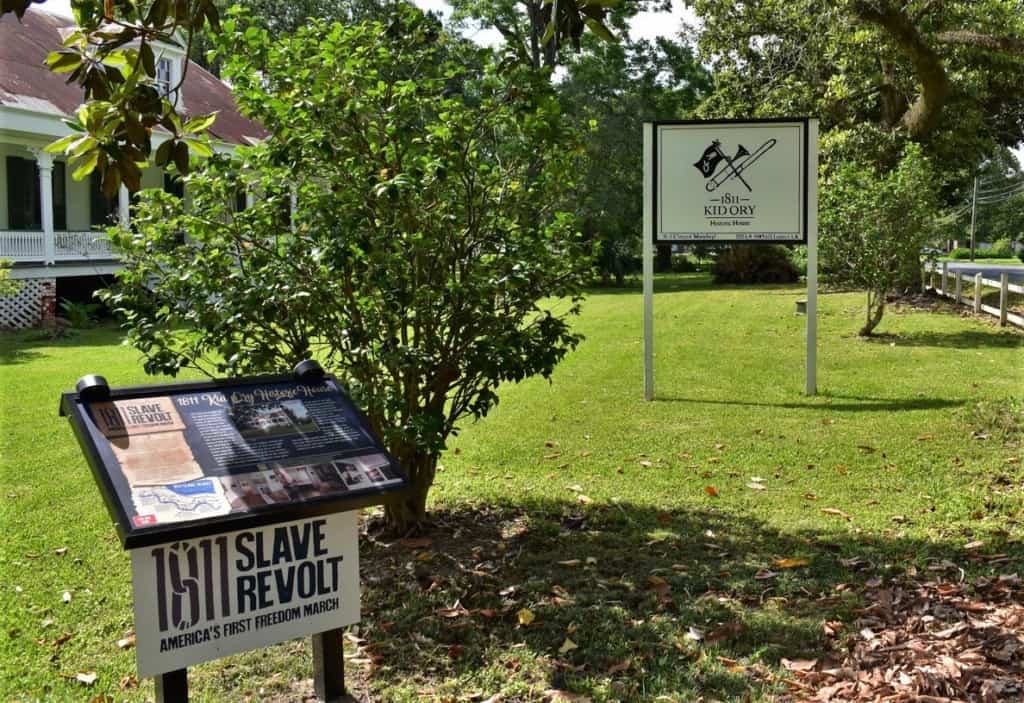
The Historic Home
Slavery has been a bane of human existence for as long as history has been recorded. In almost all cases, there has been an end to it, but not without bloodshed and suffering. Most leave a nation scarred with the memories and stigma of the sins from the past. The Haitian Revolution, which ended in 1804, was one of the rare cases of the enslaved coming out victorious. In fact, it is the only uprising that led to the founding of a new state ruled by nonwhites and absent of slavery. In the aftermath, French sugar plantation owners moved their operations to New Orleans. With them they brought their personal slaves, who were witness to the events in Haiti.
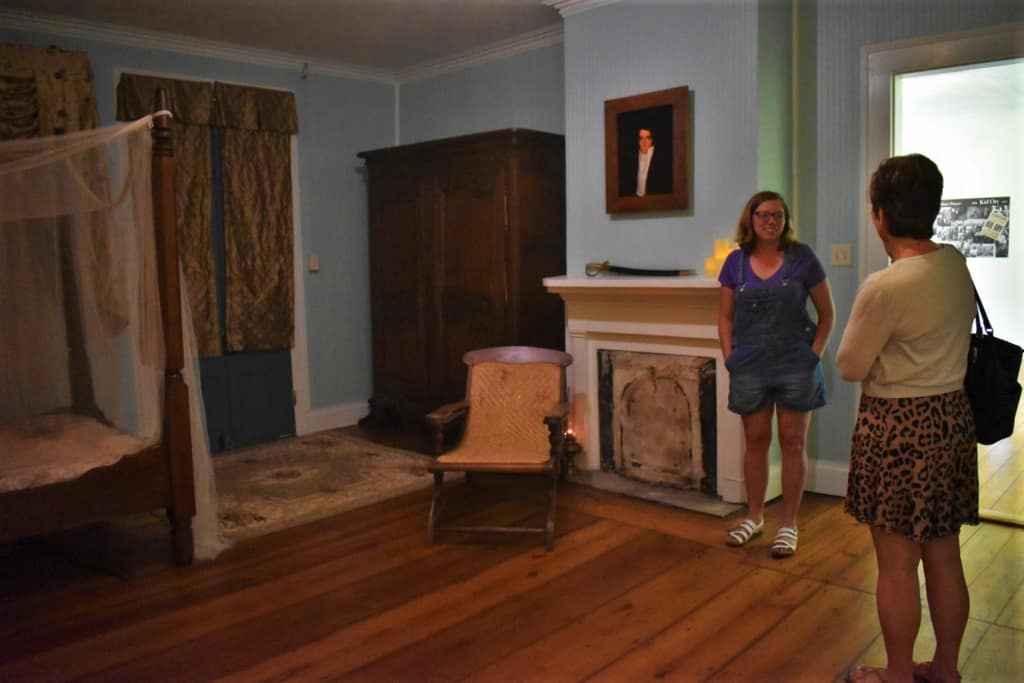
An Informative Overview
We arrived at the Kid Ory House on a hot summer day. Inside we found Charlotte Jones, the Operations manager for the museum. She led us on a short tour of the spaces, which include historical information on 3 subjects. Not only does the museum delve into the 1811 Slave Revolt, it also covers the life of local musician Kid Ory. It is also worth noting that they have a small gallery dedicated to the American mule, which has held an important role in rural Louisiana.
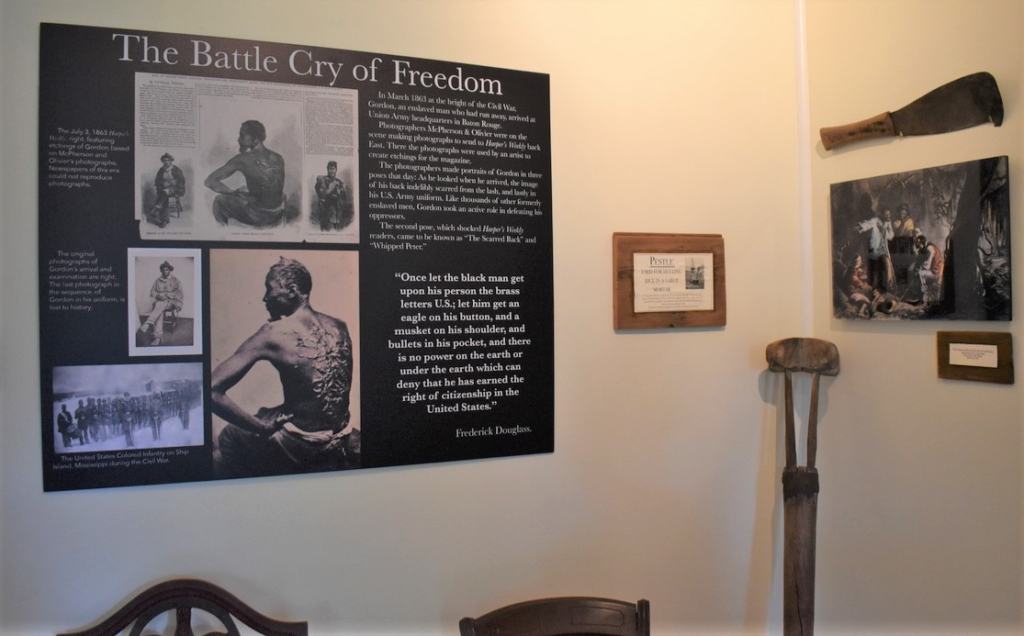
Pushed to the Breaking Point
Between 1790 and 1810, slave traders brought an additional 20,000 enslaved Africans into Louisiana territory. It is quite possible that blacks outnumbered whites 5-to-1, in this region, by 1810. The slaves that were brought from Haiti to America soon found themselves in the same conditions as before. The plantation owners worked them long hours and punished them brutally. This drastically shortened their life spans. This harsh treatment pushed them to the breaking point of revolution.
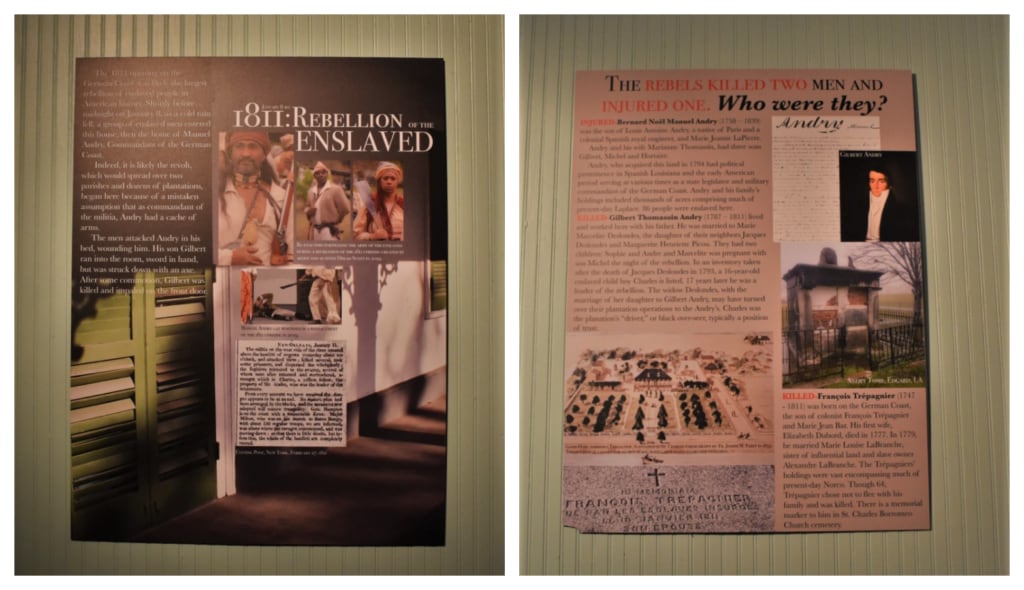
First Blood
The 1811 Slave Revolt began at the Woodland Plantation of Manuel Andry. It took place in early January, when work relaxes after the sugar cane harvest. The Kid Ory House was originally the home of Manuel Andry. It is estimated that the rebellion began as a group of around 15 slaves. After badly wounding the plantation owner, they struck down and killed his son, Gilbert. Moving on from this place, they gathered more slaves from nearby plantations. Another struggle resulted in the death of a second planter, Francois Trépagnier. It is estimated that the total number of slaves involved numbered between 200 and 500. Most of these were younger men who would have held lower-skilled occupations and thus, were treated more brutally than others.
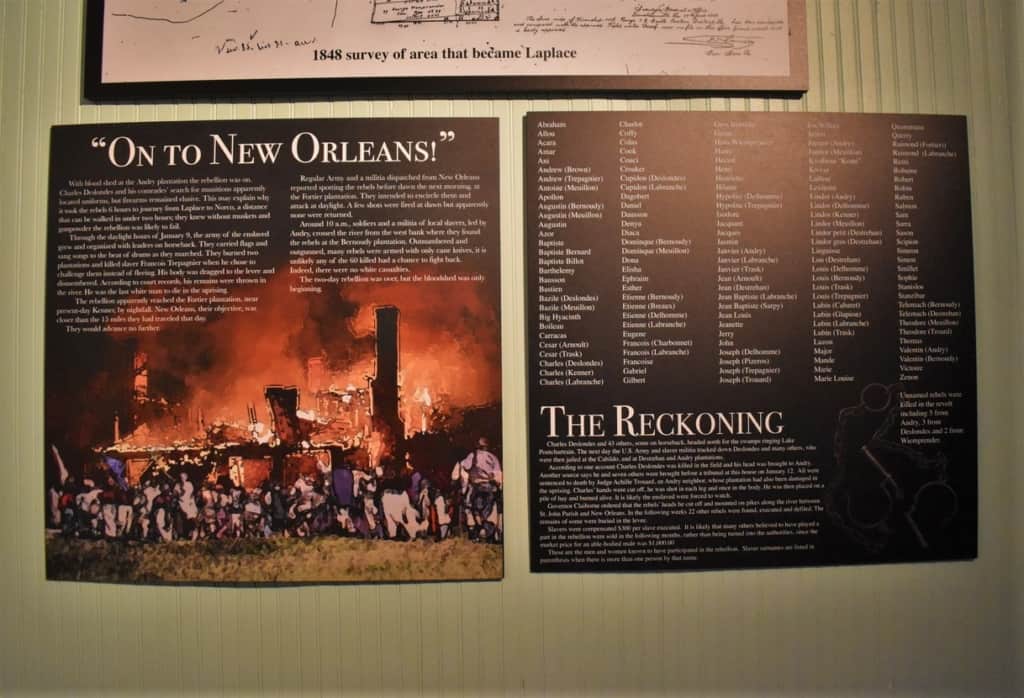
The Aftermath
Despite being wounded, Andry made his way across the Mississippi River to warn other plantation owners. Word spread to New Orleans where volunteer militia assembled. As they moved westward, the slaves doubled back upriver. An assembly of around 80 armed militia confronted them at one of the plantations. In about 30 minutes, over 40 slaves had been killed. Most of those remaining slipped away into the swamps. In total, about 95 slaves lost their lives. This was from the battle, executions in the field, and additional executions after trial in court.
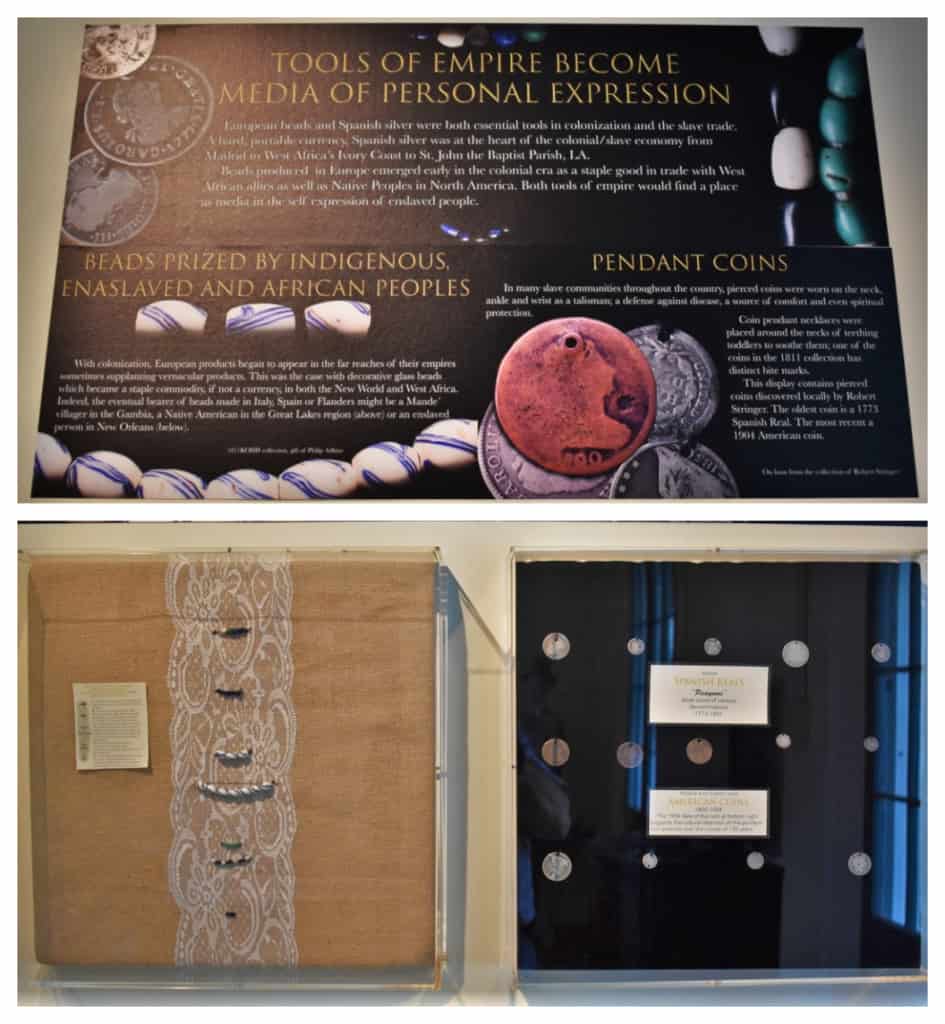
Lasting Legacy
The 1811 Slave Revolt is a lesson from history that has remained, for the most part, hidden. It is not readily taught in schools and is rare to find in history books. The treatment of the enslaved people is well documented, but sadly rarely mentioned. It is imperative that we understand the trauma suffered by many for so long, and that we do not find ourselves repeating history. While the thought of enslaved life would not seem likely in this day and age, it still exists in places around the world.


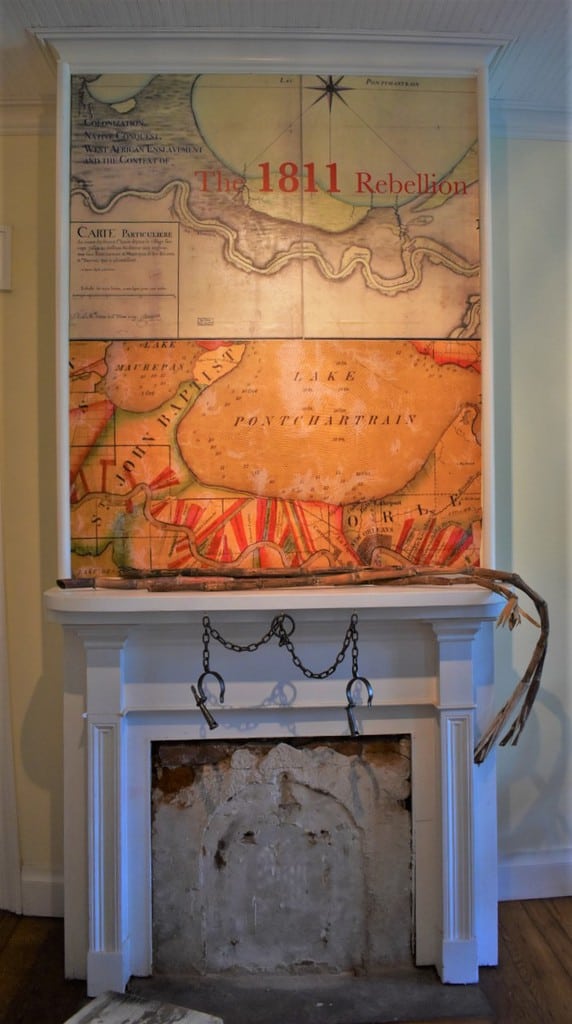
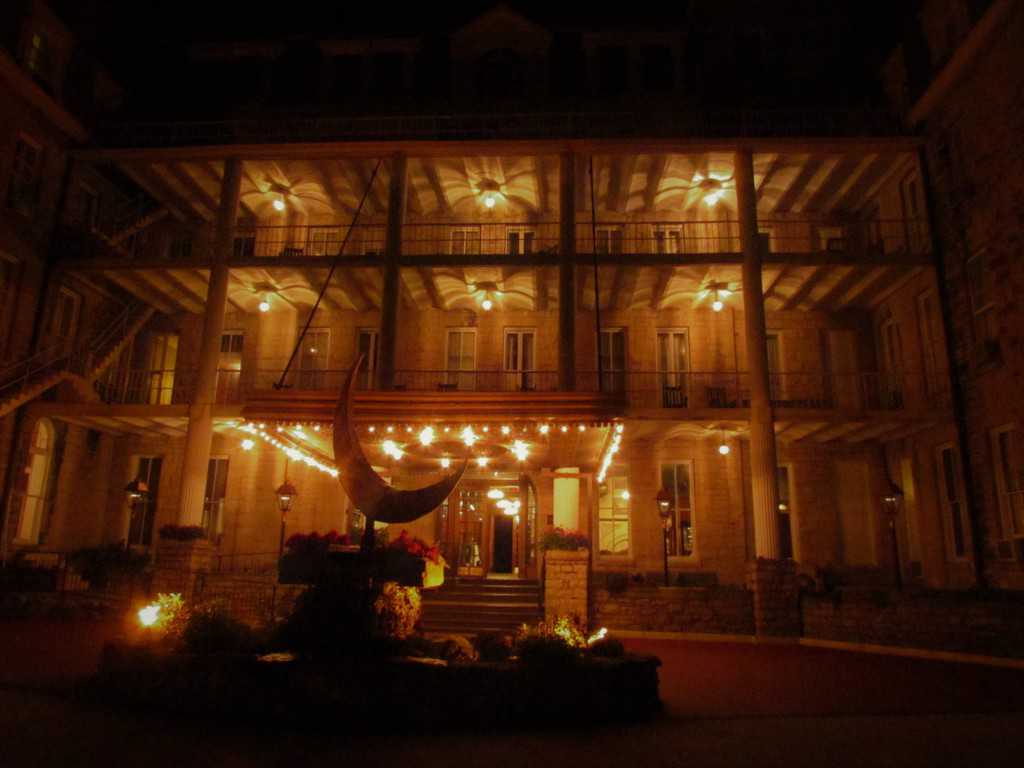
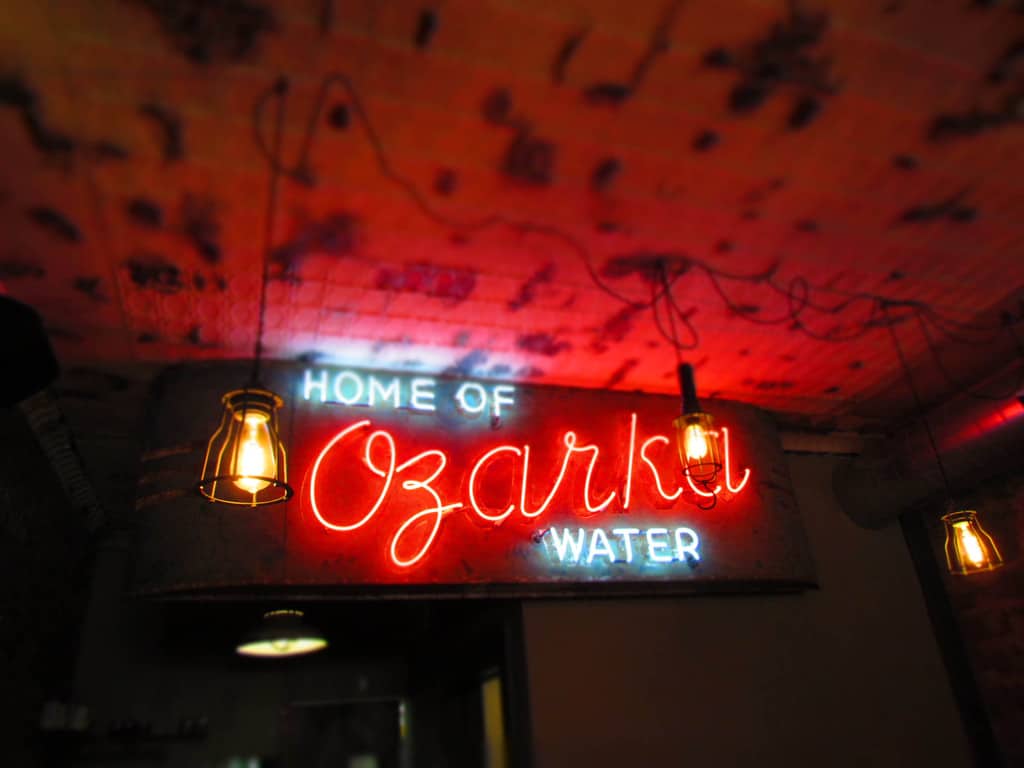
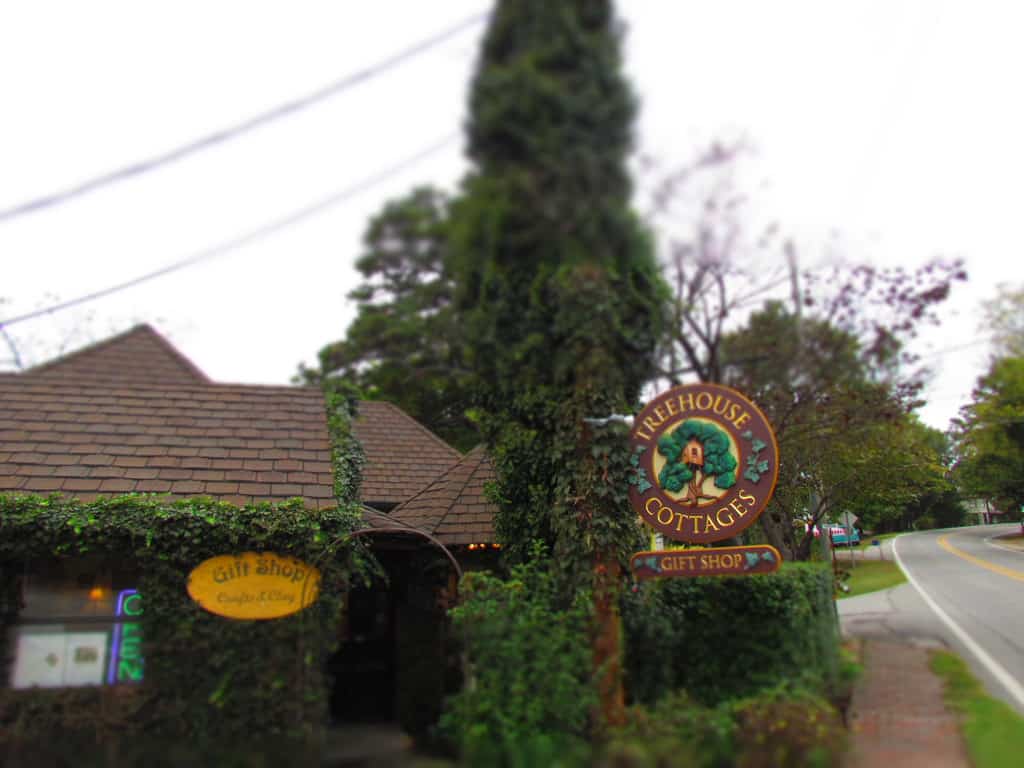
Another history gem you two have discovered! An enjoyable tour you gave us ~
We are so happy you joined us for this look back in time. It taught us a lot.
What an interesting history and I didn’t know about this also, it is fascinating. I wonder if they were able to find and charge the remaining slaves that escaped the militia forces?
It would appear that most of them were captured and punished harshly. It is a sad story of how desperate humans can be when subjected to tyranny.
So sad…the dark ages of American history. We have come to understand the agony of those years through museums like this. Thanks.
It is good that we have places like this to remind us what we should never do again.
Thanks for this history lesson. You have covered a part of history which has been ommited from history lessons in some countries. The subject would help educate more people about this horrific event.
We find that uncovering unusual tidbits of history can be some of the most interesting experiences.